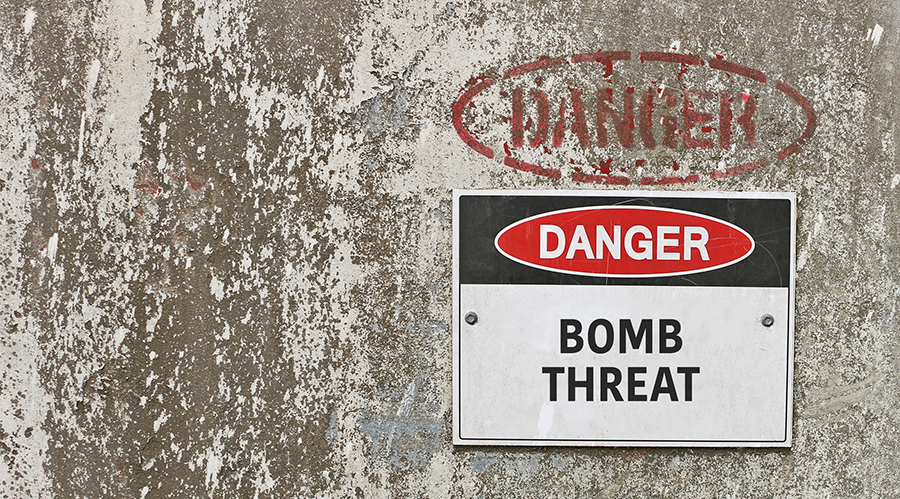Threats of violence against healthcare facilities are on the rise, with threats of bombings, shootings and swatting attempts becoming commonplace. When this happens, facilities management can help prepare staff to lock down in response and keep patients safe.
According to CarolinaEast Health System’s Facebook post, several organizations within eastern North Carolina, including CarolinaEast Medical Center, received a bomb threat via email on October 5. The medical center did their precautionary measures while under a security alert, ending with a confirmation of safety for everyone and allowing operations to pick back up. This was not an isolated case, as other organizations such as schools and places of worship within the same area also received similar emails. No bombs were found at the other facilities, either.
With these threats of violence against healthcare facilities occurring, things can be left in a state of disarray. This was the case for Sparrow Hospital in Lansing, Michigan, where a SWAT team was dispatched to the hospital after receiving a call about bomb threats and a supposed armed gunman. Once the team arrived, however, they soon learned the threats were not credible after doing a search of the facility.
Related Content: What to do When Swatting Happens
A facilities manager’s role in these circumstances is to assist with lockdown measures, this includes training staff members on what to do if a swatting attempt or a bomb threat occurs. Training sessions ensure that staff know what to do when these dangerous situations arise, keeping them and patients safe from potential harm.
Guardian Defense lists eight prerequisites for lockdown drill procedures:
- Make a yearly schedule for drills.
- Coordinate with law enforcement for these drills.
- Start out by announcing the drills to the staff so they are aware.
- Practice both lockdown and hold drills.
- Try practicing the drills in different situations when the staff is ready.
- Always be sure to notify law enforcement before and after the drill.
- Document the details of the drill in a log.
- Debrief the staff in a face-to-face meeting.
Jeff Wardon, Jr. is the assistant editor for the facilities market.

 Case Study: How NYU Langone Rebuilt for Resilience After Superstorm Sandy
Case Study: How NYU Langone Rebuilt for Resilience After Superstorm Sandy Frederick Health Hospital Faces 5 Lawsuits Following Ransomware Attack
Frederick Health Hospital Faces 5 Lawsuits Following Ransomware Attack Arkansas Methodist Medical Center and Baptist Memorial Health Care to Merge
Arkansas Methodist Medical Center and Baptist Memorial Health Care to Merge Ground Broken on Intermountain Saratoga Springs Multi-Specialty Clinic
Ground Broken on Intermountain Saratoga Springs Multi-Specialty Clinic Electrical Fire Tests Resilience of Massachusetts Hospital
Electrical Fire Tests Resilience of Massachusetts Hospital